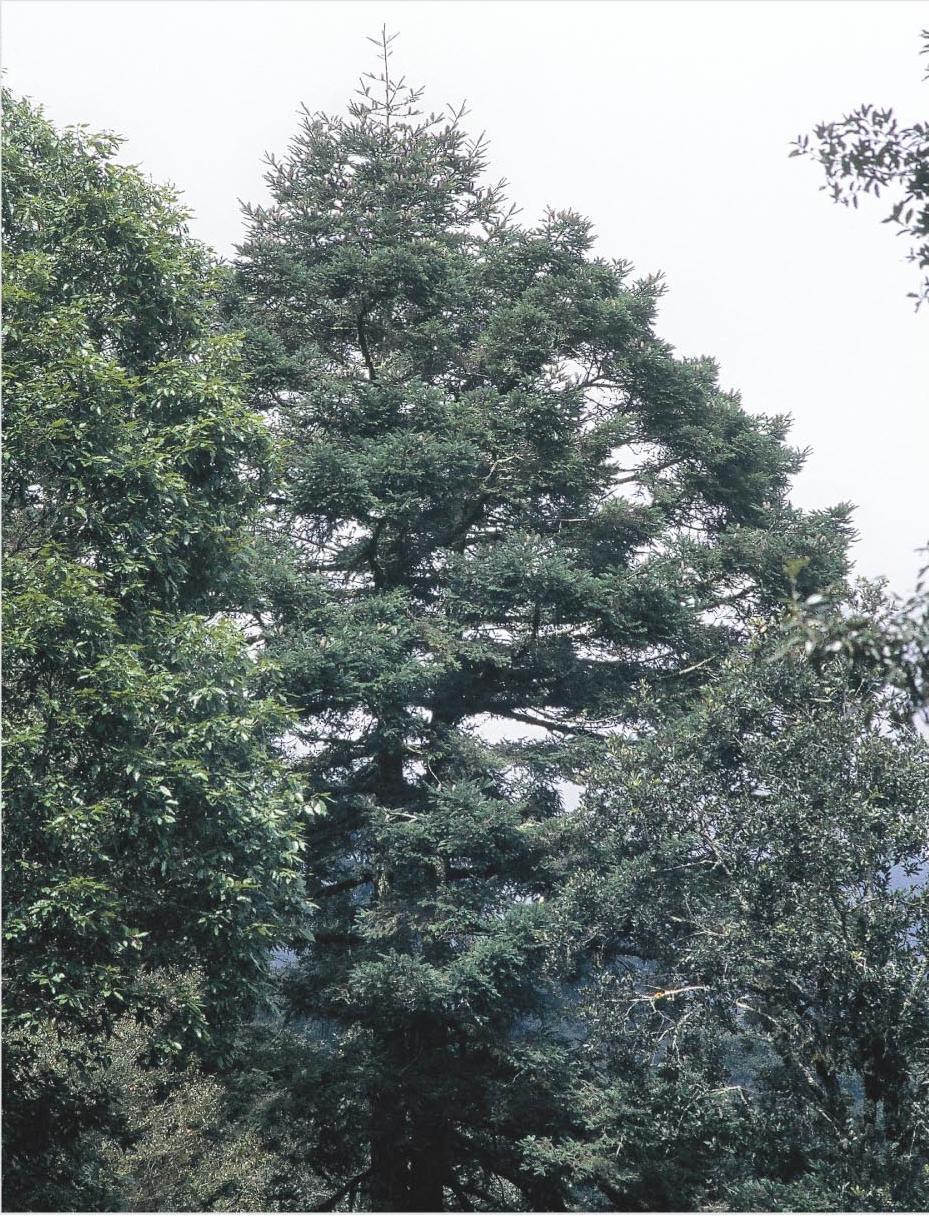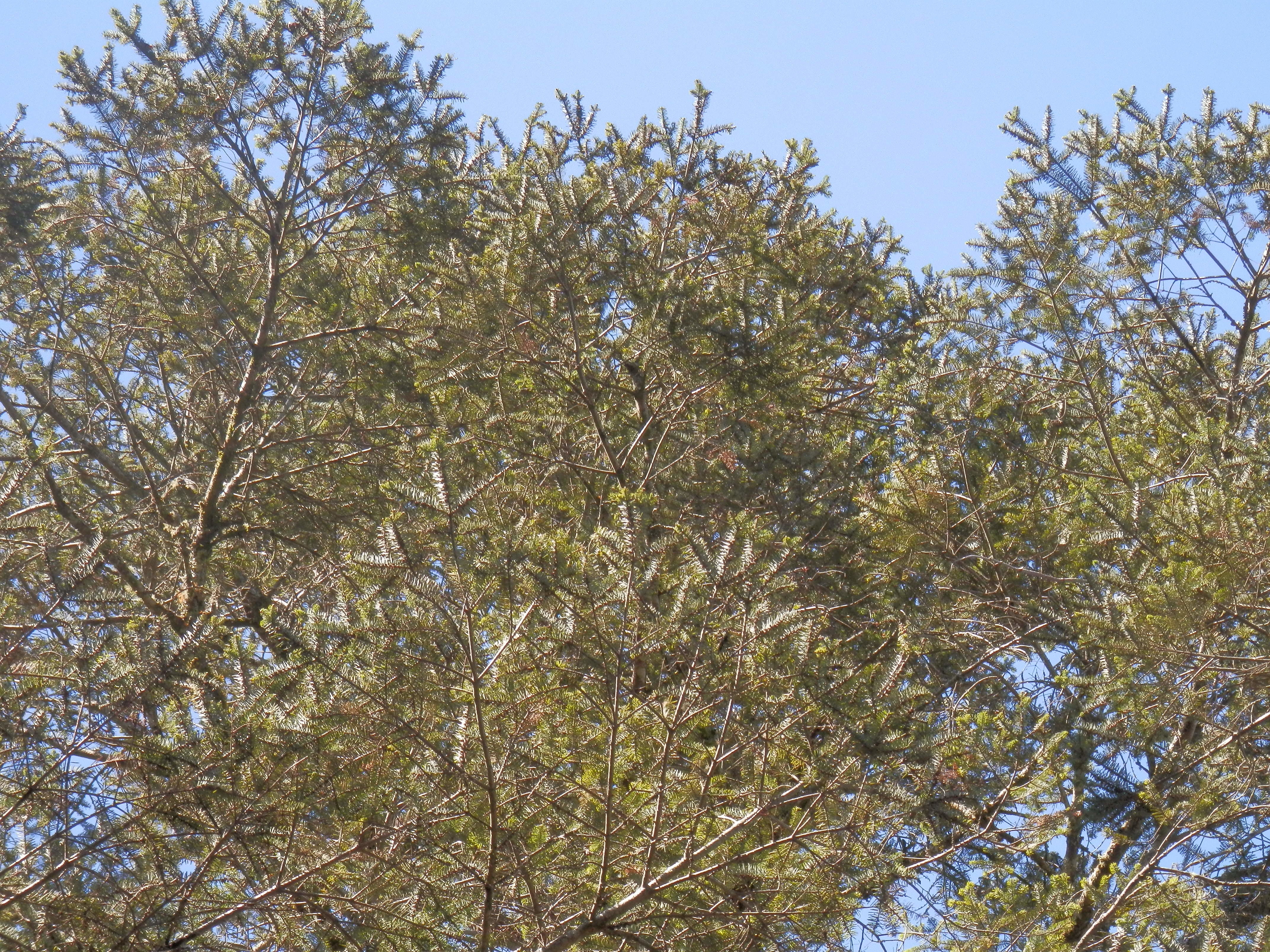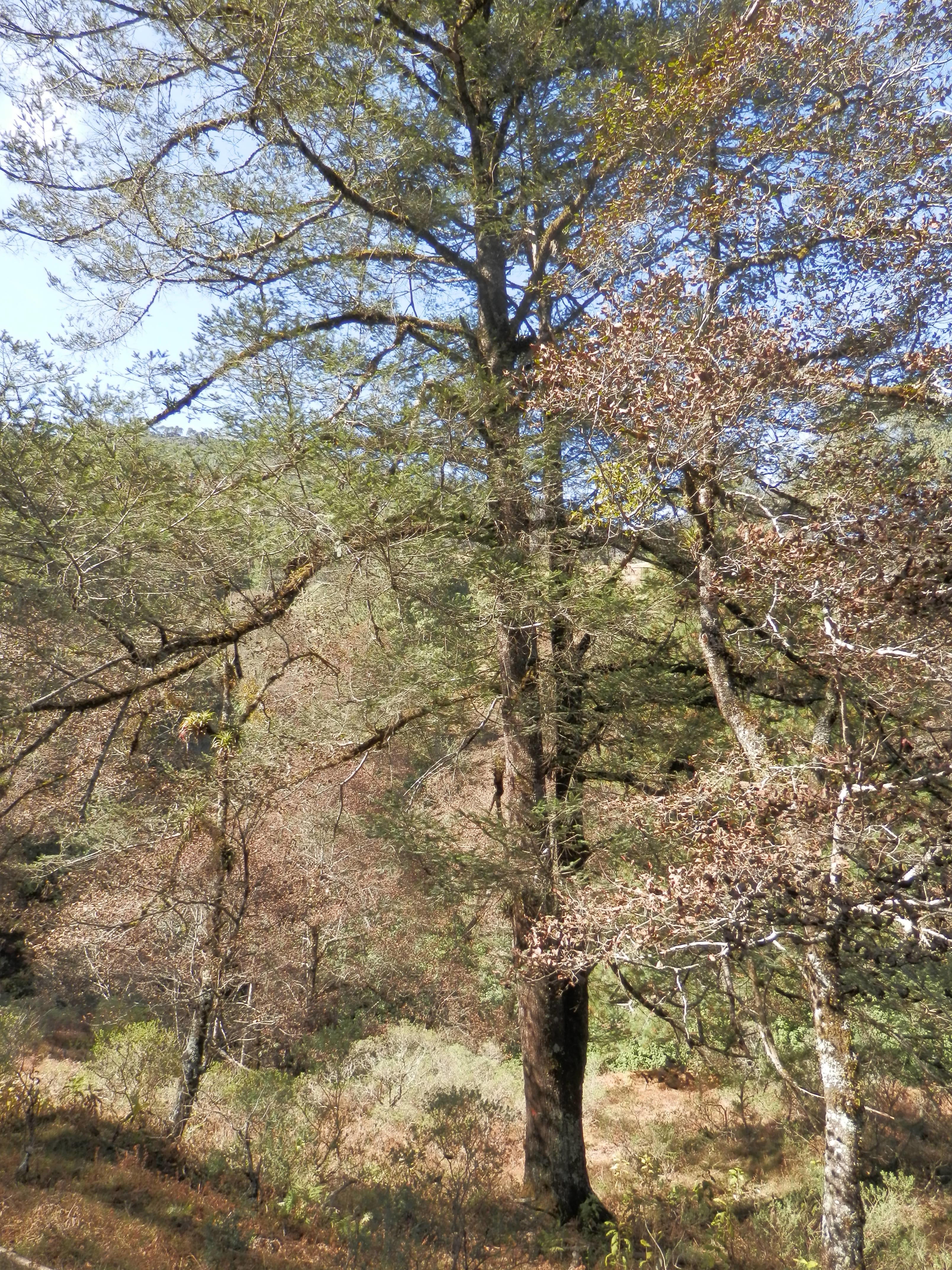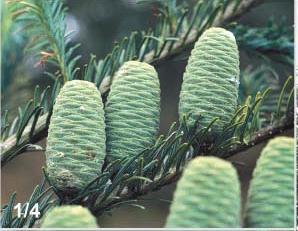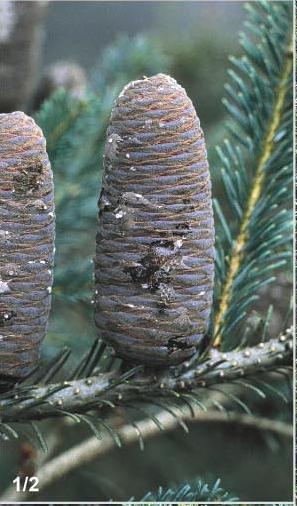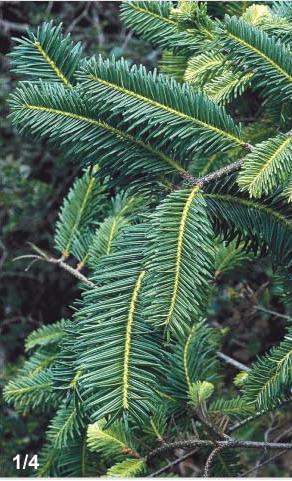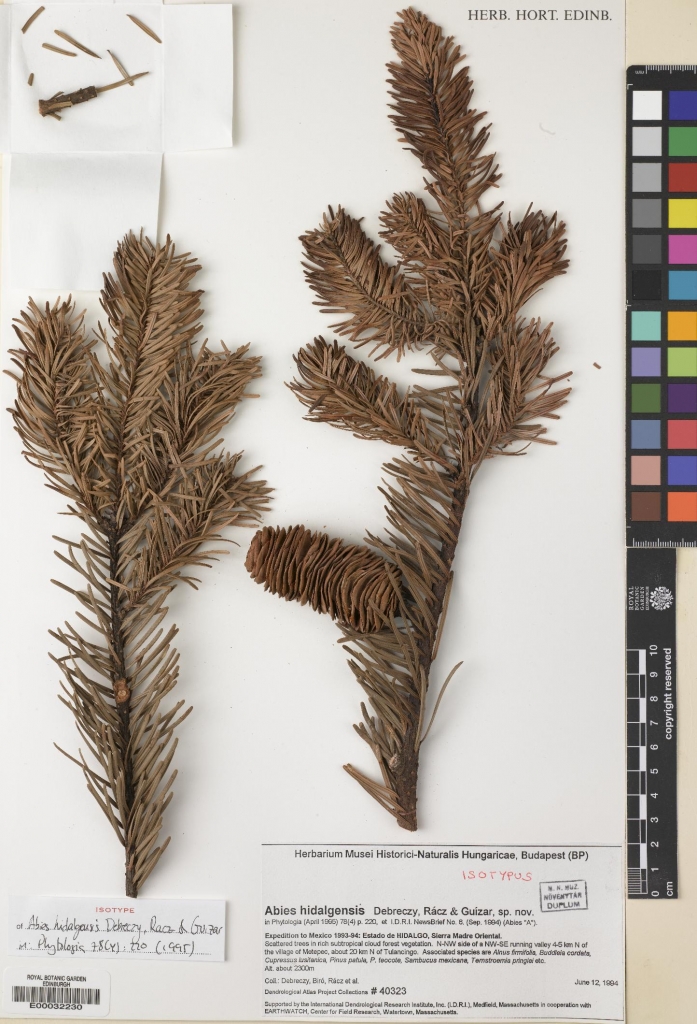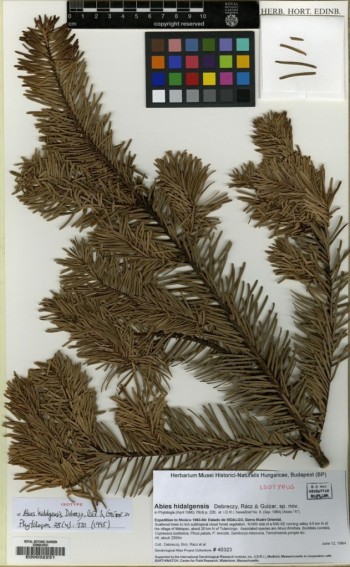
Abies hidalgensis, as described in 1995 by Zsolt Debreczy, István Rácz and EnrÃque GuÃzar Nolazco in A re-assessment of the new taxa of firs (Abies Mill.) reported from Mexico in 1995, is commonly known as Hidalgo fir or Abete de Hidalgo in the Spanish language. The epithet refers to the Mexican state of Hidalgo, where the species was first collected. The name also recalls Miquel Hidalgo y Costilla (1762 - 1811), a prominent personality in the post-Columbian Mexican independence movement. It is closely related to Abies hickelii and considered by some authorities to be an isolated population of this species. The original paper compares it to Abies guatemalensis and Abies religiosa. Further work on the taxonomy of this group (whose needles have a high number of resin-canals) and other geographically nearby species is probably needed.
Description. Hidalgo fir is an evergreen coniferous species of tree. Height and diameter metrics were not recorded in the initial study. It typically grows with a single straight trunk and conical to columnar crown.
Distribution. This species is native to Mexico - the state of Hidalgo. It was found in the cloud forests of Sierra Madre Oriental, in a deep canyon running eastward, 3 miles above the small village of Metepec at an elevation of 7,500 feet (2,350 m) above sea level. As part of the research done in the region, Dr. EnrÃque GuÃzar Nolazco proposed that the entire canyon be declared a conservation area.
